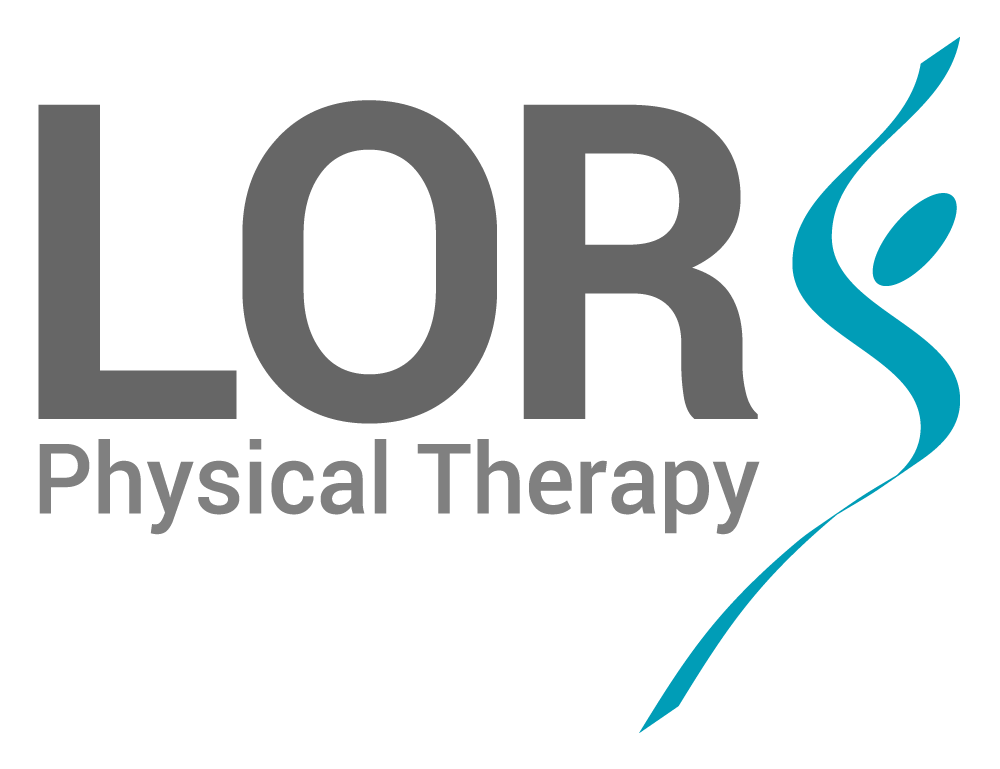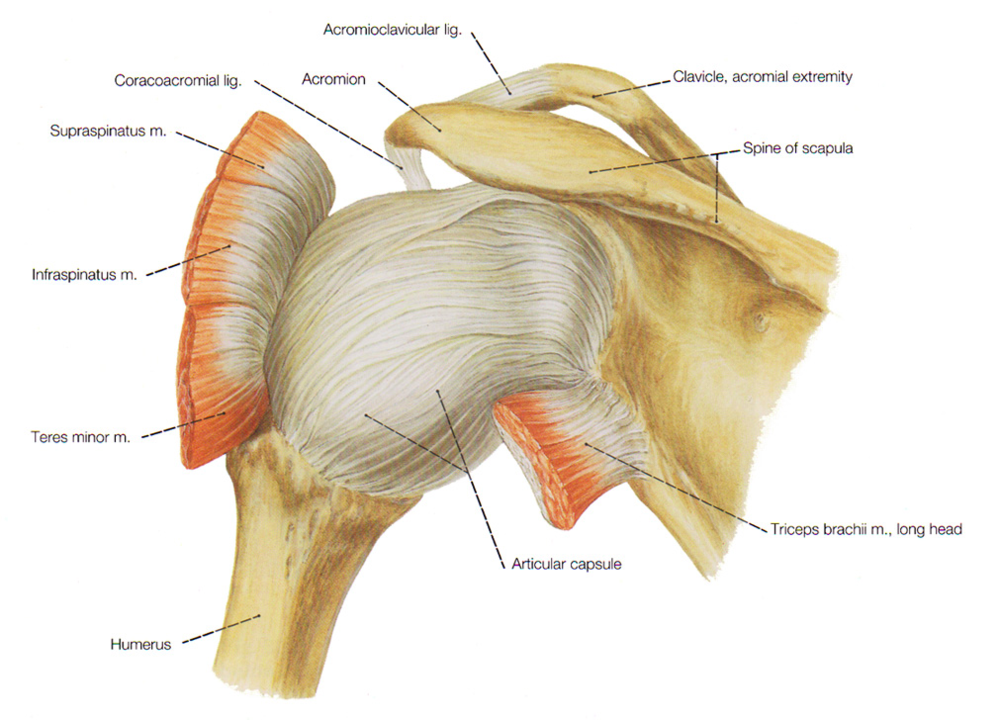2 Unique Exercises For Adhesive Capsulitis (Frozen Shoulder)
Adhesive capsulitis is known for having the potential to be a long and bumpy ride.
From persistent pain to long-term restrictions in mobility, frozen shoulders can often be a test of your resolve and ability to remain positive and consistent with your rehab.
Many are left frustrated by a lack of progress and anxious about how things will be in the future.
So it helps to have some simple things to focus on that work and give you a sense of control over the condition.
In today's article, we're going to touch on two left-of-center, but highly valuable things to try if you are struggling to make ground with your adhesive capsulitis. Let's go.
What is Adhesive Capsulitis
Adhesive capsulitis or 'frozen shoulder' as it is commonly known, refers to an issue with your shoulder joint capsule.
The capsule itself is the deepest layer of tissue in the shoulder which can become irritates, inflamed and stiff. One challenging aspect of frozen shoulder is many don't have an obvious onset of the condition. There's no fall or incident. It just happens.
Some experience Adhesive capsulitis after shoulder surgery where the capsule becomes stiff and impedes normal shoulder function.
Frozen shoulder is typically associated with frequent shoulder pain and a reduction in shoulder joint range of motion - particularly with rotational movements like reaching behind your back.
Classically, frozen shoulder can be seen as a 1 to 2-year process broken up into a painful stage and then a restricted phase. Obviously, this time frame can vary for each person but it can certainly be a journey to overcome it quickly.
So it's important to have some specific things to do so that you can chip away at the underlying cause of these issues.
A Unique Exercise For Frozen Shoulder Pain
If you've come in to see us, there's no doubt you'll have a set of strength and mobility exercises to work through to help your pain. Perhaps you've been instructed to apply ice or heat as well.
If you're also seeing a Doctor, then you'll most likely have been given some form of pain relief medication.
But there's more you can do for your pain.
Clinically, it’s important to understand that your pain is a product of how threatened your nervous system is. It's more than just tissue damage and injury.
And when you've got persistent shoulder pain, it's important to understand that a threatened nervous system is a heightened one.
So part of the skill of reducing pain is trying to help your nervous feel safer and "downregulated".
A unique and seriously powerful way to do this is with deep breathing exercises.
And one of the most efficient ways to help your nervous system calm down quickly is with something called Box Breathing.
By cycling through slow inhales and exhales you can cue your nervous system into downregulating in no time at all.
And as you feel more calm and relaxed you should see a change in your pain.
A Unique Exercise to Improve Frozen Shoulder Mobility
As mentioned above, most Physical Therapy programs for frozen shoulder will include basic shoulder mobility drills.
Perhaps you're working hard with a pulley or stick to gently expand your current range of motion in all directions.
The idea being that gently working through the end ranges of your limited movement, you will make eventual progress - or at least maintain what you have.
However, there are some more specific exercises that do a really good job of specifically targeting the deeper joint capsule stiffness.
We can bias those shoulder capsular restrictions in two ways:
1. Shoulder Distraction Exercises:
As the video above highlights, we can use a power band, hook it to something solid, and let the band gently pull the shoulder joint apart stretching any deeper stiffness.
We can use this self-distraction technique to focus on improving a number of different movements.
Similarly, we can also use compression techniques to achieve comparable results.
2. Shoulder Compression Exercises:
While we can use the band to open up space in our shoulder, we can achieve similar results by gently applying pressure to a stiff capsule in different positions.
As the video above highlights, we take the approach of gently letting the arm bone press "out the back" of the shoulder joint.
By doing so, we can bias the posterior aspect of a stiff capsule and potentially target the source of that capsular stiffness.
Interestingly, we can apply the distraction techniques in a more lateral fashion to open up more space to press through. This is such a powerful way to mobilize a stiff shoulder capsule.
Clearly when doing any mobility exercises with a frozen shoulder we need to respect any and all pain.
Again, if your body is generating pain because it feels threatened, forcibly asking it to move further than it currently can has the potential to threaten it further. So it's always important to make sure we've given you the all-clear and you are being respectful of your symptoms.
Conclusion
The path the overcoming a frozen shoulder can be arduous. But it can be successful with the right set of exercises behind you. Traditional Physical Therapy programs are important to help support effective and efficient recovery, yet there is still room for more depth and nuance as the above exercises hopefully highlight.
If you or someone you know is struggling with a frozen shoulder come in and let our expert Physical Therapists help. We can assess for your specific needs, answer any burning questions and create the right rehab program for you.
Alternatively, why not come in for one of our FREE in-clinic shoulder pain workshops here in Laguna Niguel. They are a great way to learn a little more about your shoulder and how to navigate your way through pain! Register here!

